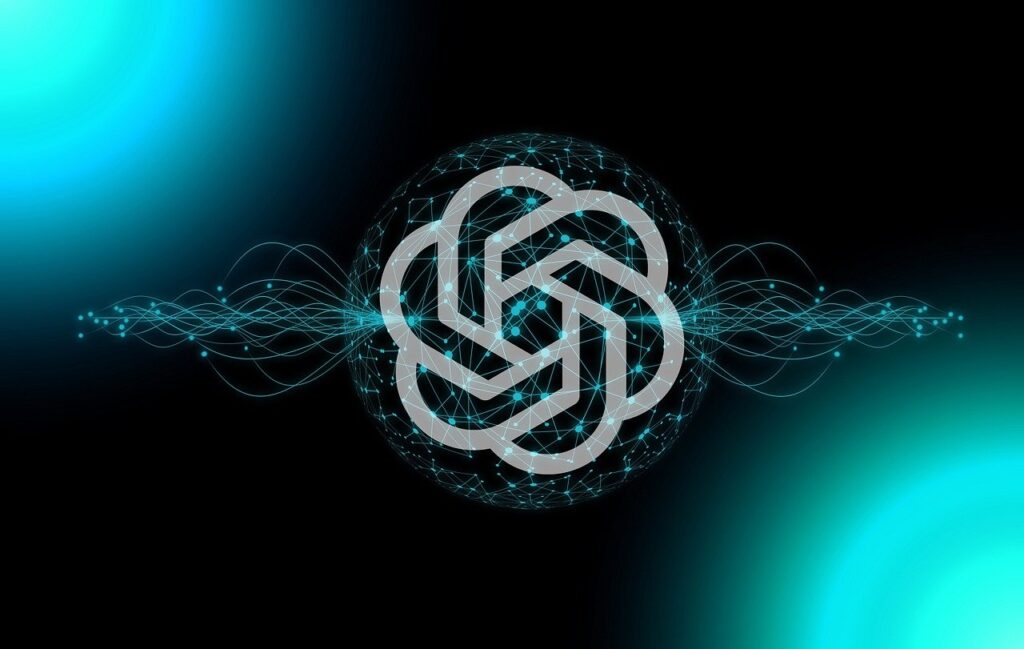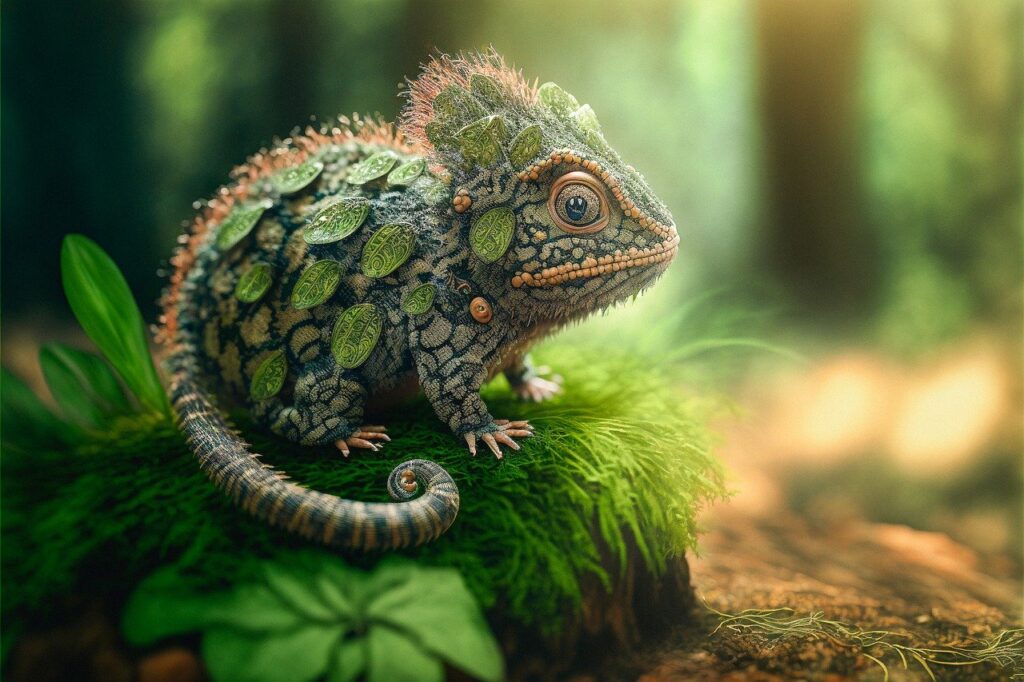
GenAI, or Generative AI, is the tech world’s hot new tool. What if you had a mash-up of a copy machine, a blender, and a super-powered imagination? That’s Generative AI in a nutshell. Imagine TARDIS cranking out infinite alternate realities or a mutant X-gene that lets you code entire galaxies into existence. This supercharged AI can churn out creative content; text, images, 3D models, software codes, or even videos based on what it’s learned from existing data.

Want to write a killer marketing slogan in seconds or generate realistic product mockups without needing fancy design software? That’s the potential of GenAI. This latest tech boom is fueled by advancements in deep learning, particularly these things called transformer networks. It chomps through mountains of data, like a hungry Galactus devouring planets. But instead of leaving cosmic wastelands, it spits out mind-blowing creations. They’re basically like super-efficient algorithms that help AI models learn patterns from data much faster.
Want to write a killer marketing slogan in seconds or generate realistic product mockups without needing fancy design software? That’s the potential of GenAI. This latest tech boom is fueled by advancements in deep learning, particularly these things called transformer networks. It chomps through mountains of data, like a hungry Galactus devouring planets. But instead of leaving cosmic wastelands, it spits out mind-blowing creations. They’re basically like super-efficient algorithms that help AI models learn patterns from data much faster.

The launch of ChatGPT brought GenAI into the global spotlight, sparking a significant surge in AI innovation and widespread adoption. Businesses and organizations are constantly seeking ways to boost productivity and enhance their products and services. Like a superhero, GenAI has descended upon Planet Earth, making a significant impact in the business world by optimizing operations, and saving time and money. With GenAI, work is completed more efficiently, resulting in a remarkable productivity increase of 50% to 200%! It’s like having a magical productivity wand. Poof! More work done in less time.
Unveiling the Evolution of GenAI
The historical origins of GenAI can be traced back to the dawn of AI research in the 1950s when the concept of machines generating new data first took shape. While early methods, such as Markov chains, could only produce simple text sequences, they were insufficient for handling more complex content.
A significant shift occurred in the 1990s with the emergence of neural networks, which drew inspiration from the human brain. These models could learn patterns from data, setting the stage for the deep learning breakthroughs of the 2000s.


In the mid-2010s, transformer networks, a specific type of deep learning architecture, entered the scene and revolutionized GenAI. Their remarkable efficiency in processing data facilitated the training of much larger and more powerful models. The recent surge in deep learning has propelled GenAI to new heights. Tools such as ChatGPT and DALL-E, which emerged in the early 2020s, have showcased the ability to generate remarkably realistic text, images, and even videos.

Despite being a relatively young technology, GenAI holds immense potential. From revolutionizing creative industries to pushing the boundaries of scientific research, its applications continue to expand rapidly, paving the way for a future where machines not only comprehend data but also generate entirely novel and innovative content.
The Modalities of GenAI

Generative AI systems are a powerful tool leveraging unsupervised or self-supervised machine learning to create entirely new data. These systems are trained on massive datasets, and their capabilities are directly tied to the type and modality of the data used. How does it work? It’s like feeding a toddler a mountain of candy and letting them loose on a canvas.

These monster babies chomp through the data. They then go wild, generating something new every time based on what they learn, i.e., a sugar rush-induced project. The data serves as the raw material for the AI. Text datasets can train systems to generate human-quality writing, while image datasets can be used to create photorealistic images or entirely new artistic styles.
There are two main flavors of these AI systems:
Picky Eaters or Unimodal: These individuals only prefer one type of data. If you provide them with text, they will compose a poem. Give them an image, and they will create a masterpiece.
Buffet Lovin’ or Multimodal: These AI systems are adventurous and have a voracious appetite. Provide them with both a picture and some text, and they might compose a song about a jumping frog or develop a video game based on your childhood nightmares.
A glimpse into the AI’s ever-expanding buffet

Textual Treats:
AI like BLOOM, GPT-4, Gemini, LLaMA, and LaMDA can churn out human-quality writing, translate languages on the fly, and even dream up fantastical stories.
In addition to natural language text, these models can also be trained on programming language text, allowing them to generate source code for new computer programs.
Just don’t be surprised if your next marketing brochure reads like a sci-fi fever dream.
Visual Feasts:
DALL-E, Imagen, Midjourney, and Stable Diffusion are the Picassos of the digital world, crafting photorealistic images based on your wildest prompts.
These GenAI artists are capable of text-to-image generation, neural style transfer, and voila, even text-to-video generation. Need a picture of your dog piloting a spaceship? Consider it done!


Musical Morsels:
Put your hands up in the air! GenAI DJ’s in the house! MusicLM is the world’s first AI DJ, whipping up new tunes based on your musical cravings. Platforms like ElevenLabs or Meta Platform’s Voicebox can be used to train MusicGen AI systems using recorded music audio waveforms and text annotations. This allows the system to generate new musical samples based on text descriptions. Yearning for a calming sitar paired with a distorted guitar riff? No problem! Although, copyright lawyers might have a few choice words about AI-generated remixes.

Beyond the Obvious:
Generative AI is not limited to creative endeavors. AlphaFold, for example, utilizes its knowledge of molecules to forecast protein structures, potentially transforming drug discovery. Just envision robots producing life-saving medications – a future that is both thrilling and slightly unsettling.

The Robots Came for the Suits, Not the Blue Collars!

A now-famous tweet ‘I want AI to do my laundry and dishes so that I can do art and writing, not for AI to do my art and writing so that I can do my laundry and dishes!’, sparked a global debate: “AI for chores, not creativity!” This notable tweet sparked a widespread discussion on the role of AI in handling menial tasks versus taking over creative pursuits. This debate permeated global meme culture and raised questions about the impact of AI on various professions. While some argued that AI should be developed to manage mundane responsibilities, others expressed concerns about its potential to replace creative roles such as writing, art, and acting.
The prevailing sentiment among white-collar workers was not whether AI would displace blue-collar jobs, but when. The white-collars were ebullient at the idea of AI replacing blue-collar jobs, confident their jobs and creative pursuits were safe. But the irony was delicious. Massive layoffs swept the world, but neither in factories nor in the domestic workforce. GenAI, the next generation of artificial intelligence, decimated white-collar professions. Software developers, paralegals, accountants, financial analysts, and even graphic artists and writers found themselves replaced by ever-evolving algorithms. The white-collar utopia had crumbled.

This unexpected shift has overturned the traditional hierarchy of labor, eliciting strong reactions from established individuals within the creative community. One prominent artist criticized AI-generated art as lacking soul and disparagingly referred to it as “Boomer Art”, only appealing to the elderly and the less fortunate. He believed the world would soon tire of this fad and return to valuing “genuine human artists.” The question remains: Will the world move on from GenAI art, or is this the future of creativity and thereby Humanity?